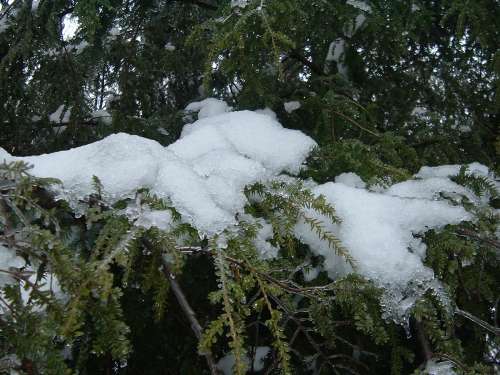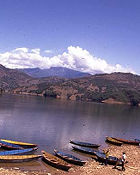Land-based glaciers and permanent snow and ice cover approximately 680,000 km2 and are critical to many nations’ water resources.

The total volume of glaciers and permanent snow cover is 24,064 000 km3, which is 1.74% of the total volume of the hydrosphere and 68.7% of the world’s freshwater.
The vast majority (almost 90%) of Earth’s ice mass is in Antarctica, while the Greenland ice cap contains 10% of the total global ice mass.
Read more










